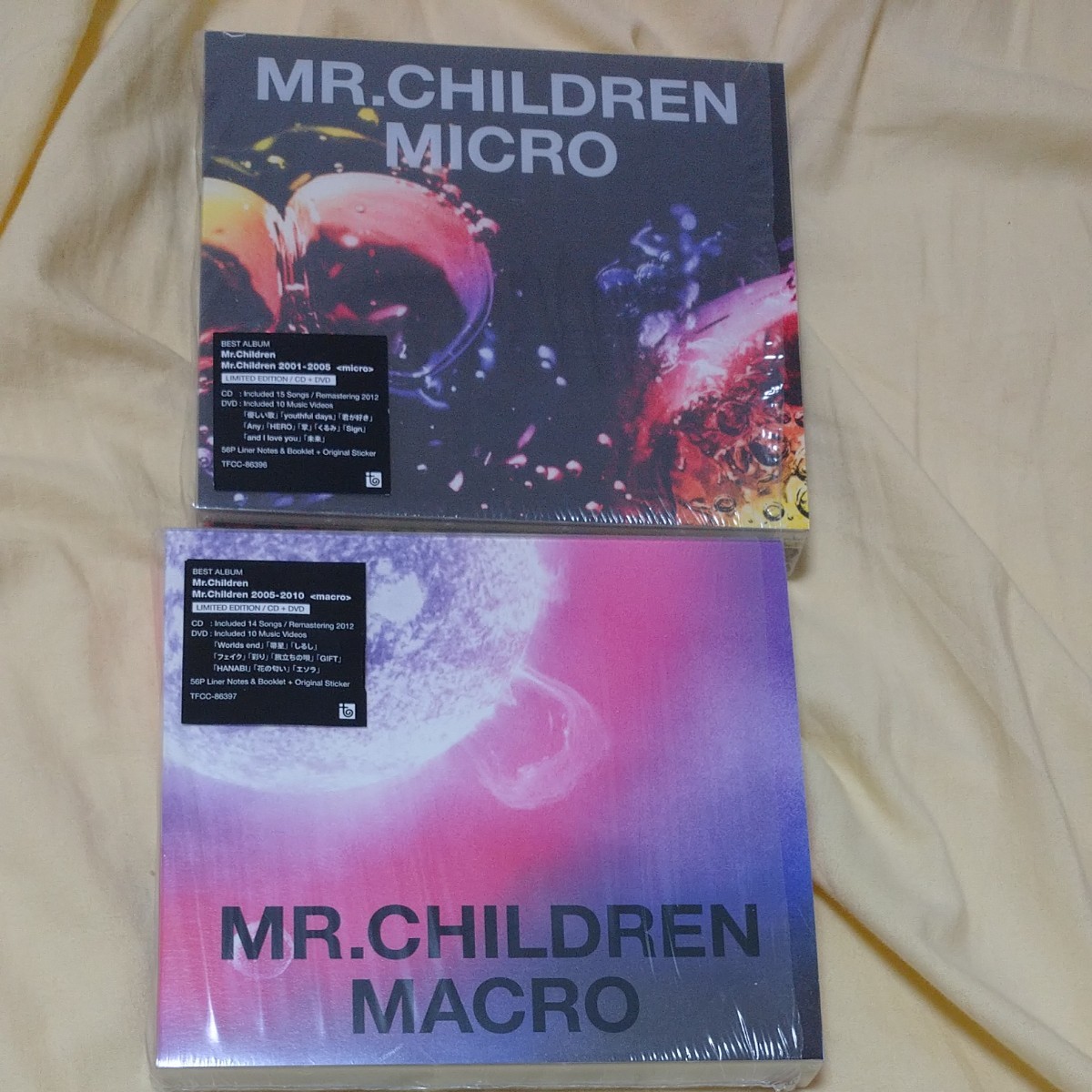

Rules for scoring respiratory events in sleep: Update of the 2007 AASM manual for the scoring of sleep and associated events. Sleep neurophysiological dynamics through the lens of multitaper spectral analysis. Characterization of a sleep architectural phenotype in children with Down syndrome. Cardiac and sympathetic activation are reduced in children with Down syndrome and sleep disordered breathing. Sleep characteristics in children with down syndrome. Screening for obstructive sleep apnea in children with Down syndrome. The heart rate response to spontaneous arousal from sleep is reduced in children with Down syndrome referred for evaluation of sleep-disordered breathing. Obstructive sleep apnoea contributes to executive function impairment in young children with Down syndrome. Sleep-disordered breathing and cognitive functioning in preschool children with and without Down syndrome. REM sleep and sleep apnea are associated with language function in Down syndrome children: an analysis of a community sample. Relationship between sleep, sleep apnea, and neuropsychological function in children with Down syndrome. Obstructive sleep apnea syndrome and cognition in Down syndrome. Relationship between sleep disturbance and functional outcomes in daily life habits of children with Down syndrome. The impact of sleep disruption on executive function in Down syndrome. Upper airway morphology in Down syndrome patients under dexmedetomidine sedation.


Obstructive sleep apnea: Should all children with Down syndrome be tested? Arch. Sleep and sleep disordered breathing in children with Down syndrome: effects on behaviour, neurocognition and the cardiovascular system. Age and autonomic control, but not cerebral oxygenation, are significant determinants of EEG spectral power in children. Determining sleep quality in children with sleep disordered breathing: EEG spectral analysis compared with conventional polysomnography. Obstructive sleep apnea and the prefrontal cortex: towards a comprehensive model linking nocturnal upper airway obstruction to daytime cognitive and behavioral deficits. The conundrum of primary snoring in children: What are we missing in regards to cognitive and behavioural morbidity? Sleep Med. Diagnosis and management of childhood obstructive sleep apnea syndrome. Our findings suggest that SDB has a greater impact on sleep quality in children with DS compared to TD children, and should be screened for and treated as soon as possible. The prevalence of SDB is very high in children with DS however, studies on the effects of SDB on sleep quality are limited in this population. SDB in children with DS exacerbates disruption of sleep quality, compared to TD children. Our findings suggest that SDB has a greater impact on sleep quality in children with DS compared to TD children. The DS group had reduced SWA, indicating reduced sleep drive, compared to both TD groups. Compared to TD− children, they also had more wake after sleep-onset and lower sigma power in N2 and N3. ResultsĬhildren with DS had greater hypoxic exposure, more respiratory events during REM sleep, higher total, delta, sigma, and beta EEG power in REM than TD+ children, despite the same overall frequency of obstructive events. Children underwent overnight polysomnography with sleep macro- and micro-architecture assessed using electroencephalogram (EEG) spectral analysis, including slow-wave activity (SWA, an indicator of sleep propensity). MethodsĬhildren with DS and SDB ( n = 44) were age- and sex-matched with TD children without SDB (TD−) and also for SDB severity with TD children with SDB (TD+). We aimed to compare the impact of SDB on sleep quality in children with DS compared to typically developing (TD) children with and without SDB. Children with Down syndrome (DS) are at increased risk of sleep-disordered breathing (SDB), which is associated with intermittent hypoxia and sleep disruption affecting daytime functioning.


 0 kommentar(er)
0 kommentar(er)
